One has to start with the fact that the simplest organisms appeared a very long time ago and are considered to be the oldest inhabitants of the planet. Throughout their existence, they have become incredibly resistant to various tests. You can survive even in the most dangerous environment.
These microorganisms have chosen a very convenient way of existence - parasitism, especially in the human body. As mentioned earlier, these microorganisms are incredibly "harmful" and persistent, making them so difficult to get rid of at times.
There are different types of "resident" parasites. The first type includes endogenous microorganisms, that is, those that are found in the human body. The second type includes exogenous parasites that easily "settle" on the skin and cause various skin diseases.
Types of protozoal parasites
There are basically 4 types of parasites that "live well" in the human body.
Scourges
These include lamblia, trypanosomes. This class is a representative of the oldest representatives of parasites. They got this name thanks to their motor organ: flagella. The size of the parasites themselves is simply microscopic, they are of a constant shape and, as a rule, multiply by dividing into two parts.
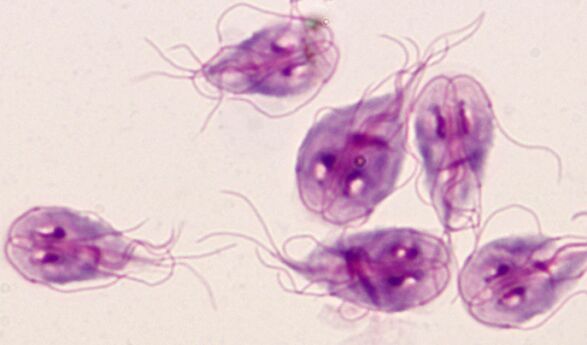
They are very dangerous to humans and animals. When they get inside your body, they cause enormous damage. They also cause various diseases. Such as American carotid fever, cutaneous leishmaniasis, and many others. They can parasitize in the intestines, blood and on the skin. This has a negative impact on human health.
Sporozoa
This type of protozoan parasite has a very complex path of development. It is currently known that the genus contains approximately 1400 species. All representatives "choose" a parasitic way of life and are extremely dangerous for humans and animals. Reproduction occurs through cell division.
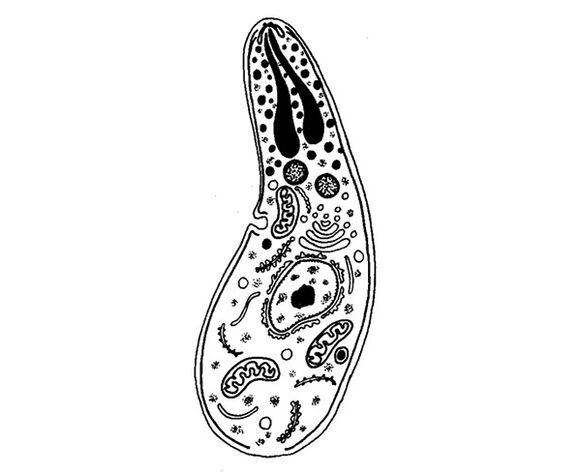
Most often, tissues and organs of a person or an animal are selected as the "place of residence". This species causes many diseases. For example like malaria, toxoplasmosis.
Ciliates
These include balantidia. There are about 7000 different types. The locomotor organs of these parasites are cilia, of which there are many.

A feature of this type is the presence of two cores. They have a constant body shape and shell. Reproduction is usually done by division. This species is no less dangerous for humans and animals than the previous two.
Sarcode
This includes dysentery amoeba. They are the most primitive of all types and classes. There are about 10, 000 different types! They don't have a permanent body shape. Parasitizes humans and animals.
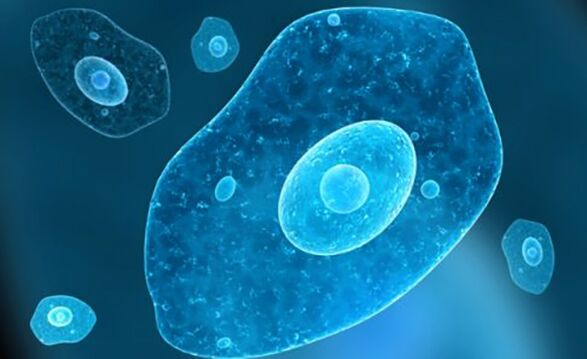
Most often, they choose the digestive system for their activities. Because of this, a person can suffer very severe poisoning. In some cases, deaths are also common.
These types combine high resistance to various "tests". After all, an infected person is constantly trying to fight parasites, but it does not always work because they can withstand all measures.
Why are they dangerous, what diseases do they cause?
The simplest parasites are, in fact, very dangerous to human health. They can cause various diseases that have specific consequences. In no case should you underestimate the simplest parasites, as they can cause significant harm to a person.
Diseases caused by protozoan parasites:
malaria
Certain differences are characteristic of such a disease. Sometimes there is relief, then relief is replaced by worsening symptoms. The main symptoms are headache, fever, nausea, vomiting, convulsions.
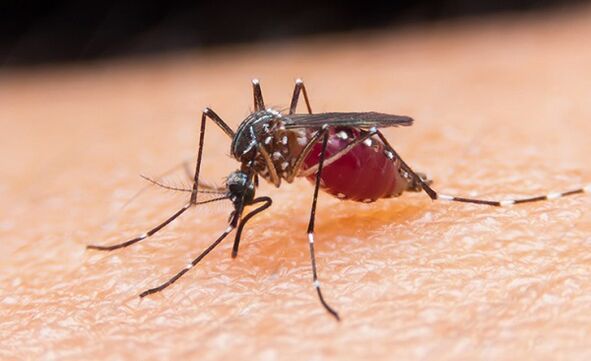
For many years, chitin has been considered the best treatment. However, there are also deaths from this disease in which medicine is most often developed at a low level.
Amebiasis
Another no less dangerous disease, the consequences of which can also be sad. The causative agent is dysentery amoeba.
Symptoms appear 7 to 10 days after infection. These include headache, general malaise, fever, and some people may have an upset stomach. This is followed by complications that manifest themselves in liver problems. If the patient does not start treatment on time and does not go to a specialist, the consequences are irreversible.
Toxoplasmosis
The causative agent of the disease is Gondia's Toxoplasma. Symptoms of this disease include damage to the eyes, the nervous system, as well as the cardiovascular system. Very often the infection is initially inconspicuous, as if a cold is passing by.
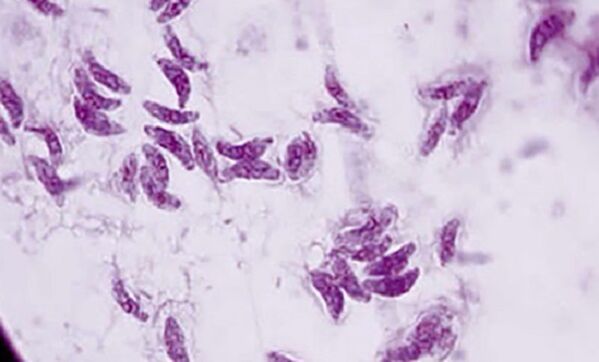
Infection during pregnancy is very dangerous. Even if the child survives, it is most likely associated with complications and damage to the eyes or nervous system. Therefore, it is imperative to consult a doctor even at the first symptoms.
Balantidiasis
It is caused by a microorganism like balantidia. Symptoms of this disease are abdominal pain, indigestion. In some cases, poisoning of the body at high temperatures is also possible.
Leishmaniasis
Leishmania is considered to be the causative agent of this disease. With skin and mucous membrane manifestations, ulcers appear. With mucocutaneous manifestation, edema can often occur. Because these diseases are related to the respiratory tract, deaths can occur.
Leishmaniasis occurs mainly in hot countries. This disease is widespread and occurs in 87 countries.
As you can see, despite the simple structure of microorganisms, the simplest parasites are incredibly dangerous to human health. They can cause irreparable harm to the human body and bring certain consequences and complications.
How are they transmitted?
There are 4 most common types of infection:
- Contact - household. . . This type manifests itself due to a violation of hygiene measures or rules of hygiene. Infection can occur through various activities: through the use of other people's items, especially personal care products, dishes, and the like. Therefore, it is very important to follow the rules of personal hygiene, have your own personal care products and in no case use someone else's.
- Feces - orally. . . This type occurs through contact with feces or vomit. The simplest parasite gets into the hands or food of the "new host" and then into its body.
- From the food. . . This type manifests itself through eating contaminated food. This can be poorly cooked fish or meat, unwashed vegetables and fruits, dairy products.
- Transferable. . . This type occurs as a result of transmission from an infected object during a bite, that is, through the secretion of saliva.
How to get rid of them
After reading the article, this question certainly arises. Infections with the simplest parasites are very common, so the question of how to get rid of them is incredibly relevant.
As mentioned earlier, when the first symptoms of infection appear, you should consult a doctor. The specialist can prescribe certain tests and examinations. After passing it, the doctor will make an accurate diagnosis. After that, it is necessary to continue treatment urgently. It is also not recommended to self-medicate as it will be a professional who will be able to make the correct diagnosis and prescribe appropriate treatment. Most often, doctors resort to treatment with various drugs that help get rid of parasites and speed up people's recovery.
There are many different good drugs out there today that help with protozoal parasite infections. There is a wide variety of drugs on the market that will make it possible to find the right one for a particular patient.
Precautions
In order not to face the above problems, it is necessary to follow certain rules and take preventive measures.
The most effective rules are those taught by children in school. First of all, do not forget to wash fruits and vegetables thoroughly. You can also do heat treatment or cut off the skin.
Also, you can't eat raw fish, fully cooked meat. It is imperative to fully prepare the dish, observing the temperature regime and time to fully cook the product. Casual sex should be avoided. You will also need to have regular medical examinations.








































